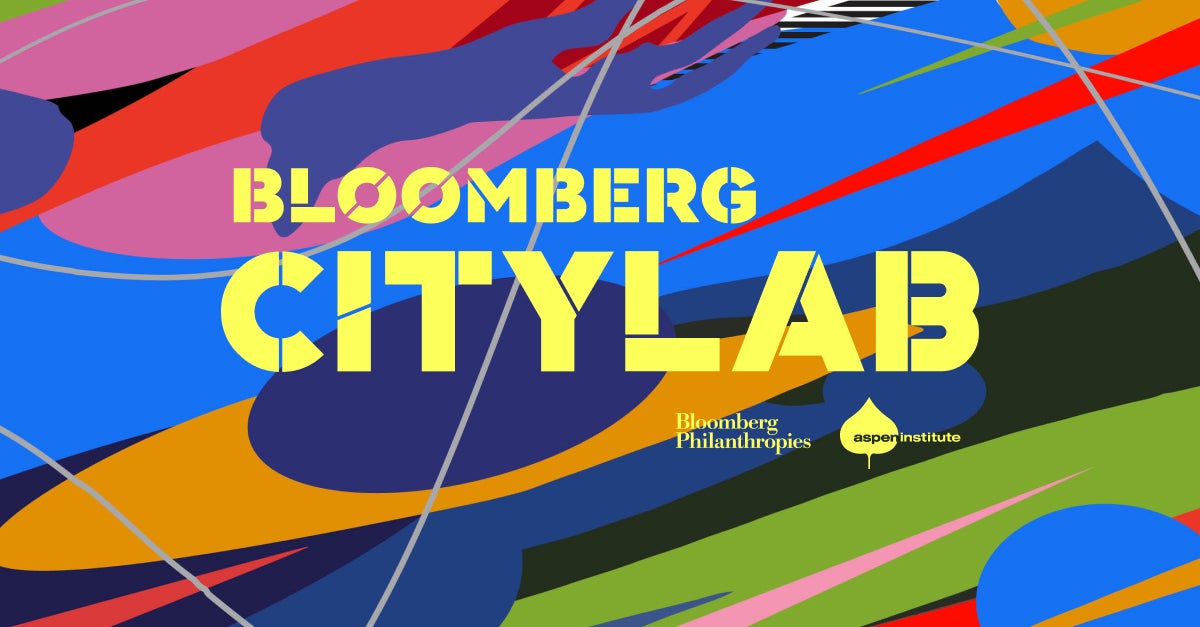What we’re working on and talking about:
Failure exists in local government. Why can’t we talk more openly about it? Smart observations from our friends and partners at Centre for Public Impact. We’re partnering with them to recruit city departments to participate in six upcoming Failure Foundry workshops, so please help us spread the word.
All tech politics is local? “We’re in for a really interesting 5–10 years in which this issue of tech regulation is going to be a really defining political question — at every level,” says my former colleague Margaret O’Mara.
As part of its cultural equity and inclusion initiative, Los Angeles County has a Creative Strategist in Residence position in six county offices, where they work on subjects ranging from elections to Vision Zero. As my friend and teacher Maria Rosario-Jackson notes, artists are skilled at seeing things differently and framing new possibilities. Minneapolis engaged artists in three phases of its Minneapolis 2040 comprehensive planning process. We need artists to connect with policy and policy makers as much as we need technologists.
A timely and unexpected argument for thinking of cemeteries as public space.
November 6-8 I’ll be in Detroit to talk about more livable and connected communities with Knight Foundation leaders and grantees.
Then, November 19-20, I’ll be at the Urban America Forward conference in Chicago, discussing how cities and communities can develop place-based strategies for equity.
What we’re thinking about:
Trust. That word kept coming up at this year’s CityLab conference, held in Washington, D.C. earlier this week. On the plenary stage and in breakout sessions, it was clear that participants had recovered from technology intoxication (if they had succumbed in the first place), and were now asking how city makers — government officials, residents, civic leaders, philanthropies, and businesses — could use technology along with traditional regulatory and decision-making tools to strengthen and restore relationships.
For example, at one breakout session Sheila Foster, Anika Goss, and Paul Mogush talked about how city governments can sustain or restore trust with residents through the land use planning process. Admitting mistakes is a first step, one that Minneapolis planners took when they acknowledged to residents the role that planners and the planning profession had played in red-lining and exclusionary zoning rules, the legacy of which is still evident in Minneapolis and other American cities. Sharing data with community groups about the changes happening in their neighborhoods and information on how residents can participate in decision making, as Detroit Future City does, also calms fears. And city government leaders can bolster trust by reporting back to communities on how the land use plan is unfolding, even if the final results are still decades away.
Trust is also a theme in upcoming research by the OECD. The OECD and Bloomberg Philanthropies released the results of a survey of 89 cities along with an interactive map describing their innovation activities. In the coming months, the OECD team will conduct in depth research on why innovation capacity matters, with a particular focus on whether more innovation within city governments is linked to a greater degree of trust in government among residents.
And it’s possible that urban tech companies, rather than crowing about how they are disrupting city systems, are coming around to appreciating, and dare I say, trusting, the role of government regulators. Rohit Aggarwala of Sidewalk Labs said that we will see “more and better adoption of urban technology when the rules of the road are set by cities.”
That’s a powerful admission that the “move fast and break things” model of just a few years ago has fallen out of favor. (Whether venture capitalists’ expectations are aligned with this new reality is a different question, as Molly Turner pointed out, and as she’s explored more in depth in the very first Technopolis podcast, “Venture-Backed City.”)
Finally, I’ll leave you with this heartening observation by Oakland mayor Libby Schaaf. In describing a public art program that gives neighborhoods wide latitude in determining what art looks like, she said, “You get tremendous beauty when you trust your community.”
What examples of renewed trust are you seeing in your work, and what tools helped in the rebuilding? We learn so much from you, so please share your insights.
All best,
Jennifer
Interesting in receiving the Center for Urban Innovation’s monthly newsletter? Subscribe here.
Past newsletters can be viewed here.
